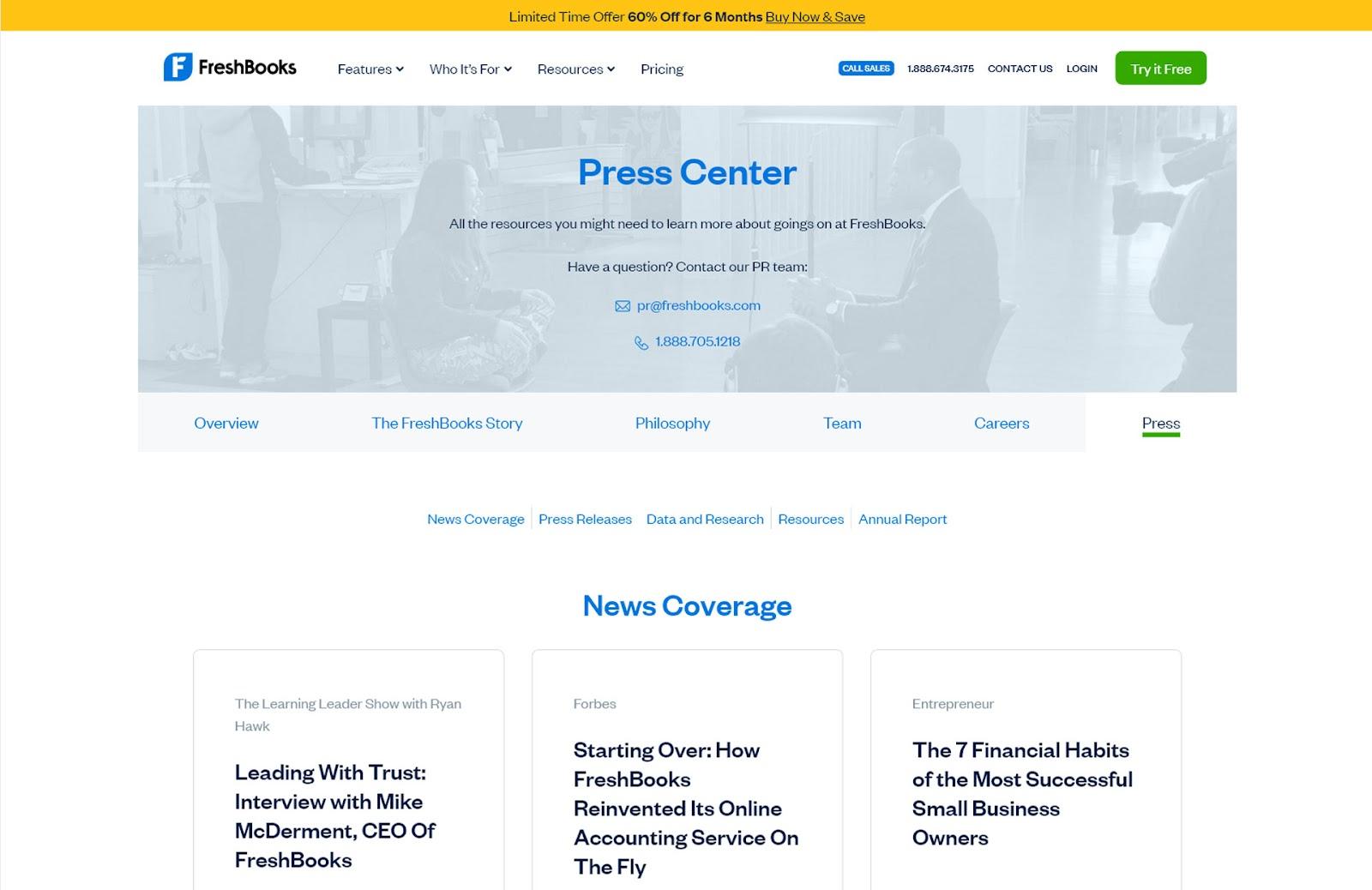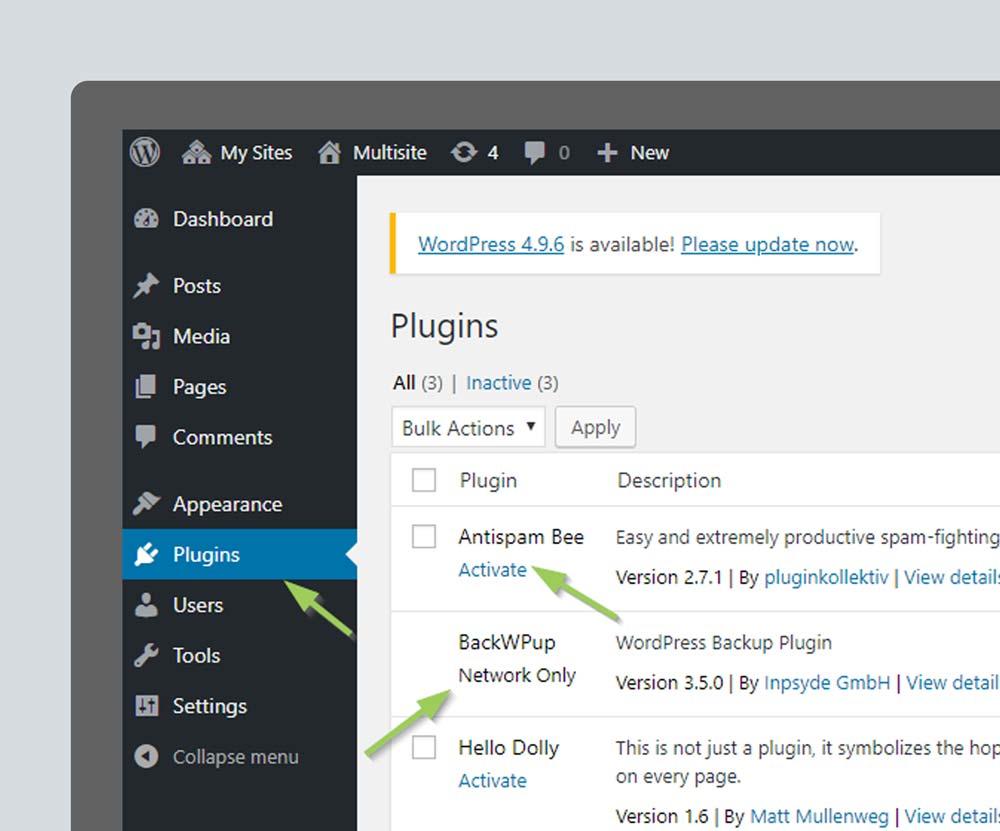How to become Rich Using shopify: Your Path to E-Commerce Success
Hey there, future entrepreneur! Have you ever thought about what it would be like to break free from the 9-to-5 grind and make money on your own terms? If so, you’re in the right place. In today’s digital world,the potential for financial freedom is just a click away,and Shopify is your secret weapon! This powerful e-commerce platform has already transformed the lives of countless individuals,helping them turn their passions into profitable online businesses.
But how exactly can you tap into this incredible possibility? Whether you’re a seasoned pro or just starting out, this guide will walk you through the steps to build and scale a accomplished Shopify store. From choosing the right products to mastering marketing strategies, we’ll cover everything you need to know to start your journey toward wealth.So, grab a cup of coffee, get cozy, and let’s dive into the world of e-commerce where your dreams of financial success can become a reality!
How to Identify Profitable Niches on Shopify
Identifying profitable niches is a crucial step in building a successful Shopify store. To stand out in the crowded eCommerce landscape, you need to find a niche that not only excites you but also has the potential for high demand and profitability. Here are some effective strategies to help you discover these lucrative opportunities:
- Market Research: start by exploring platforms like Google Trends, social media, and forums to see what products or topics are currently trending.This will give you insight into what consumers are actively seeking.
- Competitor Analysis: Look at successful Shopify stores within your areas of interest. Analyze their product offerings, marketing strategies, and customer engagement to identify gaps you can fill.
- Keyword Research: Use tools like Ubersuggest or Ahrefs to find keywords with high search volumes and low competition. Identifying these keywords can point you toward niches that are ripe for entry.
Once you have a few ideas, it’s essential to validate them. Consider conducting surveys or polls within your network or on social media to gauge interest. You can also create a landing page and run a small ad campaign to see if people are willing to engage or buy.
Another effective method is to tap into your personal interests and passions. This not only makes the work enjoyable but can also lead to more authentic marketing. when you’re genuinely passionate about a product, it shows in your marketing efforts, which can resonate more with potential customers.
Lastly,keep an eye on emerging trends and technologies. The digital landscape is always evolving,and being among the first to enter a new niche can give you a considerable advantage. Here’s a quick overview of some trending niches in the eCommerce space:
| Niche | Why Profitable? |
|---|---|
| Pet Products | Constantly increasing market with high emotional buying. |
| Eco-pleasant Products | Growing consumer demand for sustainable options. |
| Health & Wellness | Evergreen interest, especially post-pandemic. |
| Home Office Supplies | shift to remote work has created lasting demand. |
By applying these strategies, you’ll be well on your way to identifying a profitable niche on Shopify, setting the stage for a successful eCommerce venture that can lead to notable financial growth.
Mastering Product Sourcing for Maximum Profit
Product sourcing is the backbone of any successful Shopify business. To truly leverage your store for maximum profitability,understanding the nuances of sourcing can make all the difference. Here are some essential strategies to consider:
- Research Reliable Suppliers: The quality of your products hinges on your suppliers. Utilize platforms like Alibaba, Oberlo, or local trade shows to find trustworthy manufacturers. Don’t hesitate to request samples before placing large orders.
- Negotiate Pricing: Don’t settle for the first quote. Suppliers frequently enough have room for negotiation which can significantly lower your costs and increase your margins. Always ask for bulk discounts or long-term partnership deals.
- Diversify Your Product Range: Instead of putting all your eggs in one basket, source a variety of products. This minimizes risk and taps into different market trends, allowing you to maximize your reach and sales potential.
- Stay Updated with Market trends: Knowledge is power. Regularly analyze market trends through tools like Google Trends or social media analytics to ensure your product offerings align with current consumer demands.
Moreover, maintaining a solid relationship with your suppliers can lead to exclusive deals and insights that are not available to everyone.Here are some tips to strengthen that connection:
- Communicate Regularly: Establishing open lines of communication can help prevent misunderstandings and foster trust.
- Be Clear: Let your suppliers know about your business goals and challenges. They might offer solutions or products that can help you succeed.
Lastly, consider the impact of shipping times and methods on customer satisfaction. Choose suppliers who can meet your shipping needs efficiently. A happy customer is likely to return and recommend your store to others, driving more sales your way. Always evaluate and tweak your sourcing strategies based on performance metrics you track in your Shopify analytics.
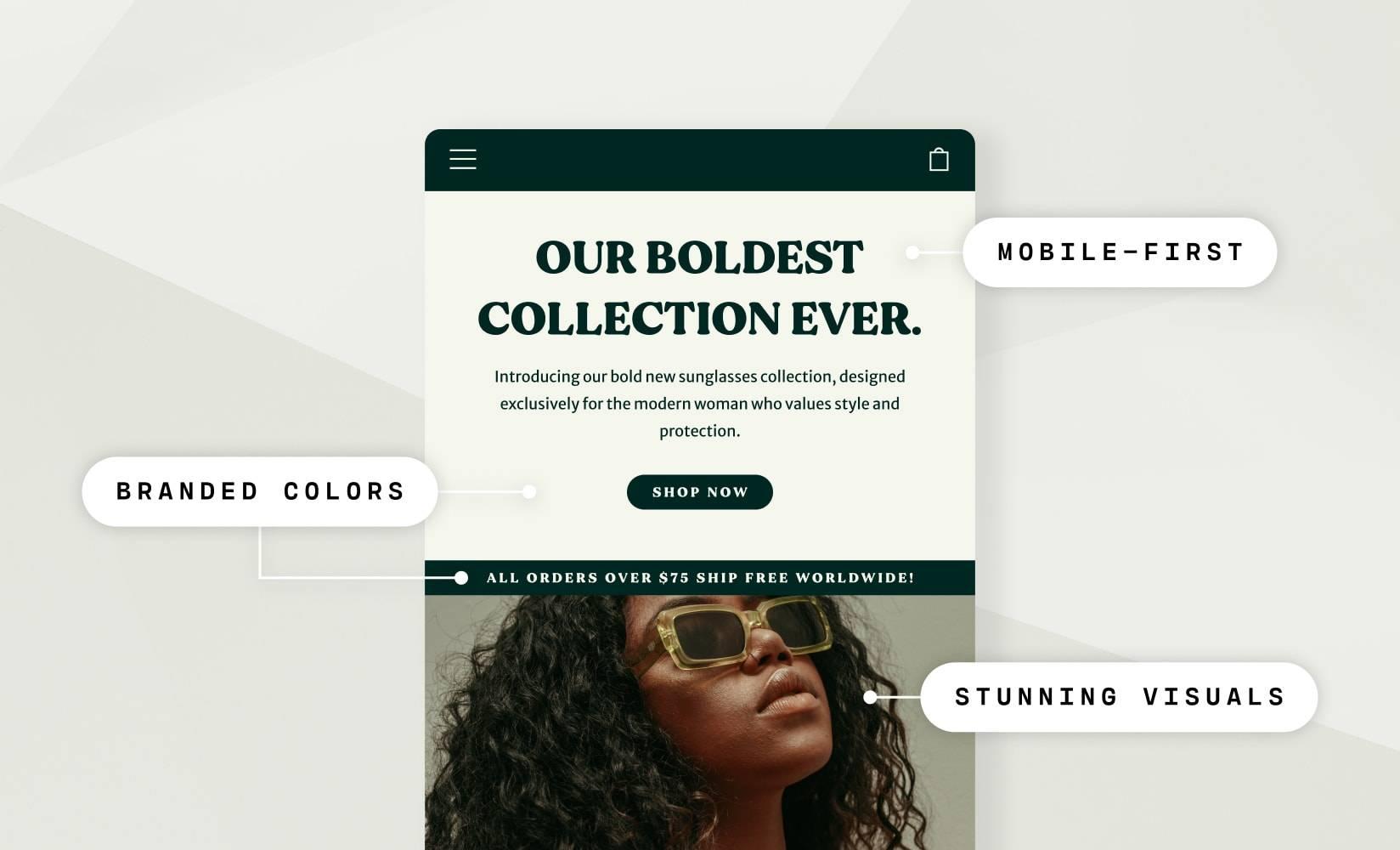
Creating a Stunning Shopify Store That Converts
Building a Shopify store that not only looks grate but also drives conversions requires a blend of design, functionality, and marketing savvy. First and foremost, invest time in selecting the right theme. A visually appealing and user-friendly theme can significantly impact user experience and drive sales. Consider themes that are responsive and compatible with mobile devices, ensuring your store is accessible to customers on the go.
Next, pay attention to your product pages.High-quality images and detailed descriptions are essential. Utilize high-resolution photos that allow customers to zoom in and see the details.Accompany these images with compelling copy that highlights the benefits of your products. When creating your descriptions, focus on how your product solves a problem or improves the customer’s life. This connection can lead to higher conversion rates.
Don’t overlook the importance of user reviews and testimonials. integrating a reviews section can build trust and credibility. Studies show that over 70% of customers read reviews before making a purchase. Encourage satisfied customers to leave feedback and showcase these testimonials prominently on your site.You might consider using a dedicated plugin that allows easy integration of this feature.
Another key element is simplifying the checkout process. A complicated checkout can lead to cart abandonment, which is a significant loss for your business. Streamline your checkout by minimizing the number of steps and offering various payment options. Consider using a progress indicator so customers know how many steps are left to complete their order. This transparency can help reduce anxiety and encourage completion.
Lastly, don’t underestimate the power of SEO and digital marketing. Utilize SEO best practices to ensure your store is easily discoverable. Create engaging content, such as blog posts or guides related to your products, which can drive organic traffic to your site. Social media marketing can also be a powerful tool—engage with potential customers on platforms they frequent, and consider utilizing paid ads to reach a broader audience.
| Element | Importance |
|---|---|
| Responsive Design | Increases accessibility and user engagement |
| Product Descriptions | Highlights product benefits, driving purchase decisions |
| user Reviews | Builds trust and credibility |
| Streamlined Checkout | Reduces cart abandonment |
| SEO Optimization | Enhances discoverability and traffic |
leveraging Effective Marketing Strategies for Your Shopify Business
To truly maximize the potential of your Shopify store, implementing a mix of marketing strategies is imperative. The digital marketplace is saturated, but with the right approach, you can carve out a niche for your business. Here are some proven strategies to consider:
- content Marketing: Create engaging blog posts, videos, and infographics that resonate with your target audience. Share knowledge related to your products and establish your brand as a thought leader.
- Email Marketing: Build a robust email list and segment your audience. Send personalized emails with exclusive offers, product launches, and valuable content to keep your customers engaged.
- Social Media Advertising: Utilize platforms like Facebook, Instagram, and Pinterest to run targeted ads that reach your ideal customer. Don’t forget to leverage user-generated content to enhance credibility.
- SEO Optimization: Ensure your Shopify store is optimized for search engines. Use relevant keywords in product descriptions, titles, and meta tags to improve your store’s visibility.
Another effective tactic is to collaborate with influencers in your niche. Influencer marketing can amplify your reach and lend credibility to your brand. Choose influencers who genuinely align with your products to ensure authentic promotion.Keep in mind to:
- Identify the Right influencers: Look for those who have a genuine following and engagement rates that match your brand ethos.
- Develop Creative Campaigns: work with influencers to create compelling content that showcases your products in an authentic way.
- Track Performance: Use trackable links and analytics to measure the success of your influencer partnerships.
Additionally, consider offering exclusive promotions or time-limited discounts. This can create a sense of urgency and encourage potential customers to make a purchase. A simple promotional table could look like this:
| Promotion | duration | Discount |
|---|---|---|
| Summer Sale | 1 Week | 20% Off |
| Buy One Get One | 2 Weeks | 50% Off Second Item |
| Free Shipping on Orders Over | Ongoing | $50 |
don’t underestimate the power of customer loyalty programs. Rewarding repeat customers can significantly boost retention rates. Simple strategies include offering points for purchases, providing exclusive access to sales, or even creating a referral program that benefits both the referrer and the new customer.
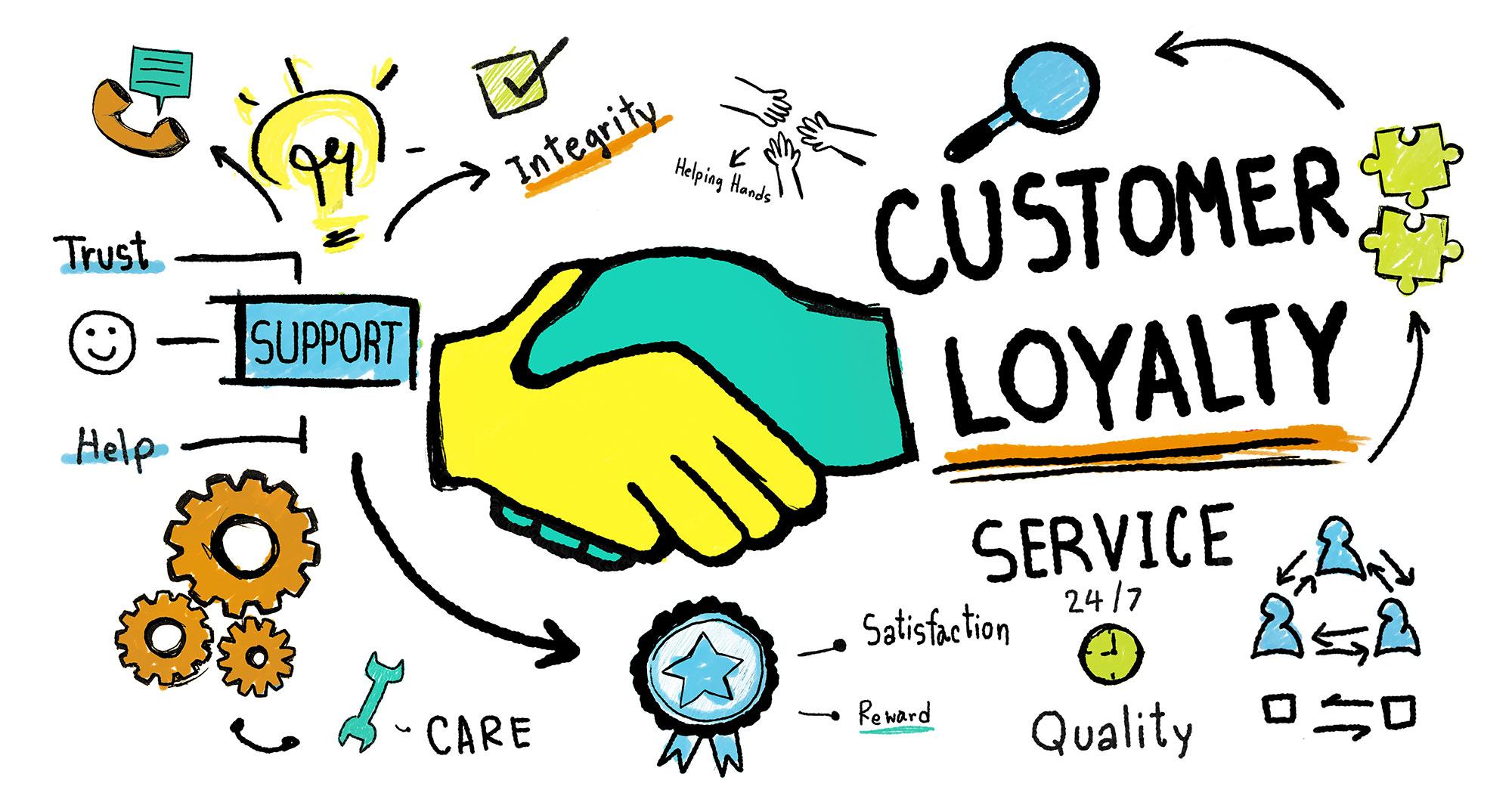
Building Customer Loyalty Through Exceptional Service
In the world of e-commerce, customer loyalty is a precious commodity that can set your brand apart from competitors. Exceptional service not only attracts new customers but also transforms them into repeat buyers. By prioritizing customer experience, you can create a community of loyal shoppers who feel valued and connected to your brand.
To foster loyalty, start by focusing on the customer journey. Every touchpoint matters—from the moment they land on your site to post-purchase follow-ups. here are some actions you can take:
- Personalize Interactions: Use customer data to tailor experiences and recommendations.
- Provide Prompt Support: Ensure that customer inquiries are handled swiftly and efficiently,whether through chat,email,or phone.
- Streamline the Checkout Process: A complicated checkout can lead to abandoned carts. Simplify the process to enhance customer satisfaction.
Another effective strategy is to implement a loyalty program. This not only incentivizes repeat purchases but also encourages word-of-mouth marketing. Consider offering:
- Exclusive Discounts: Reward loyal customers with special offers.
- Early Access to New Products: Let them be the first to try out your latest items.
- Point Systems: Allow customers to earn points for every purchase that can be redeemed for future discounts.
| Service Aspect | Impact on Loyalty |
|---|---|
| Response Time | Fast responses build trust and satisfaction. |
| Returns Policy | A hassle-free return process enhances confidence in purchases. |
| Engagement | Regular communication keeps customers informed and involved. |
When customers feel appreciated and acknowledged, they are more likely to share their positive experiences with friends and family, effectively becoming brand ambassadors.By cultivating a culture of exceptional service, your Shopify store can thrive, creating a loyal customer base that not only purchases but promotes your brand willingly.
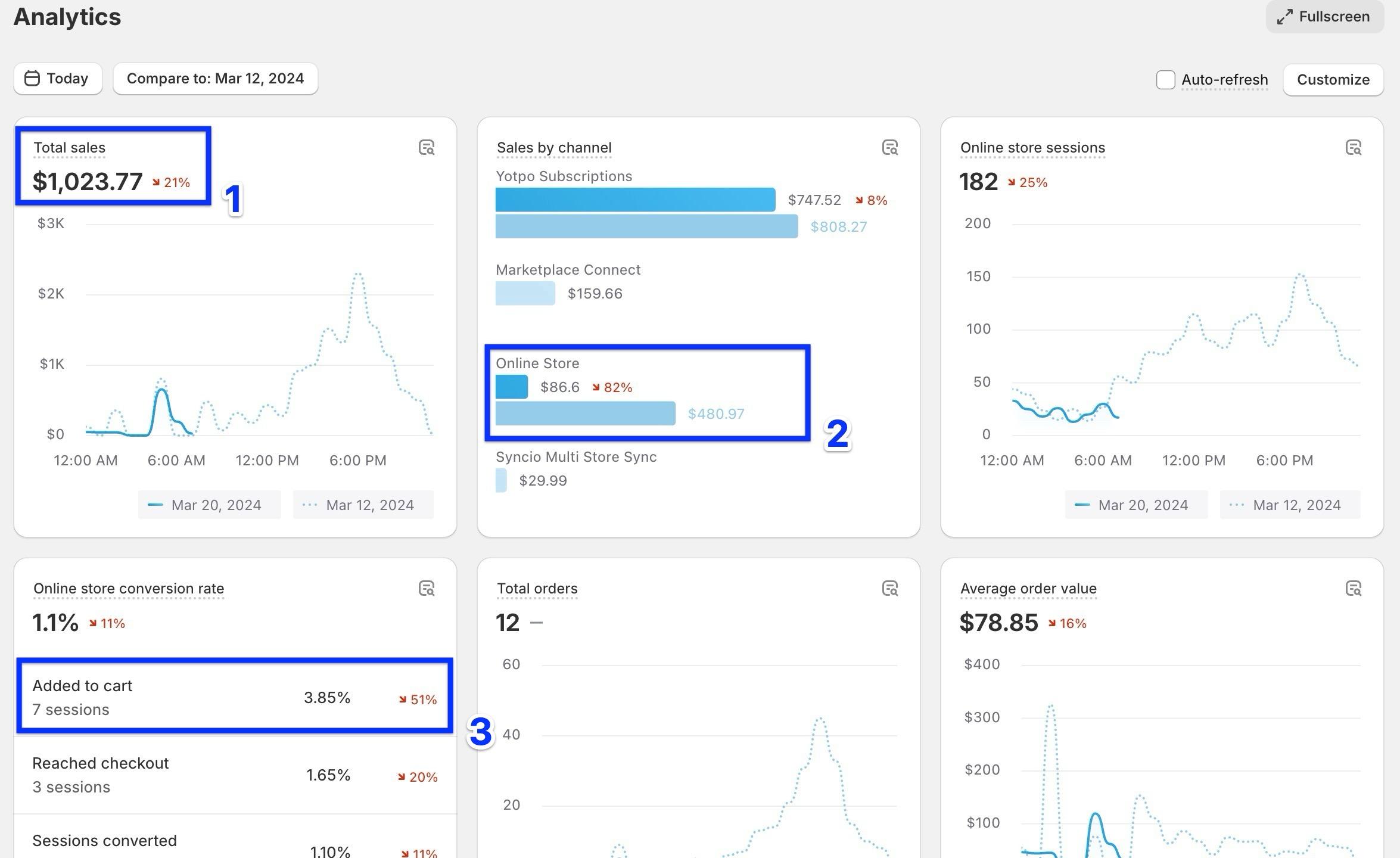
Using Shopify Analytics to Drive Business Growth
Leveraging Shopify Analytics is crucial for anyone looking to scale their business effectively. This powerful tool provides insights that can help you make informed decisions, optimize your sales strategies, and ultimately enhance your bottom line. Here’s how you can utilize these analytics to foster growth.
Understand Customer Behavior
Shopify Analytics allows you to dive deep into customer behavior patterns. By analyzing data such as:
- Traffic Sources: Identify where your visitors come from.
- Conversion Rates: See which products are converting the best.
- Customer Demographics: Understand the age, gender, and location of your customers.
you can tailor your marketing efforts more effectively. For instance,if a significant amount of traffic is coming from social media,you might want to invest more in those platforms to maximize reach.
Optimize Product Listings
Using data from Shopify, you can refine product listings based on performance metrics.You can track which products have the highest views but lowest sales, indicating a potential issue with pricing or product description. By adjusting:
- Product Descriptions: Make them more compelling.
- Pricing Strategies: Experiment with discount promotions or bundling.
- Images: Use high-quality visuals to attract attention.
these elements, you’re more likely to convert browsers into buyers.
Enhance Customer Retention
Shopify Analytics can help you understand what keeps your customers coming back. By analyzing repeat purchase rates and customer lifetime value, you can implement loyalty programs and personalized marketing campaigns. Consider utilizing:
- Email Marketing: Send personalized offers based on purchase history.
- Special Promotions: Create exclusive deals for returning customers.
- Feedback Surveys: Gain insights on customer satisfaction and areas for improvement.
These strategies can significantly boost customer loyalty and increase sales over time.
Monitor Sales Trends
With Shopify’s reporting features, you can easily track sales trends over time. Consider the following metrics to stay ahead:
- Seasonal Sales Patterns: identify peak selling seasons for better inventory management.
- Sales by Channel: Understand which platforms yield the best results.
- Abandoned Cart Rates: Analyze data to reduce lost sales opportunities.
By staying on top of these trends, you can make proactive decisions that drive growth.
| Metric | Actionable Insight |
|---|---|
| High Abandoned Cart rate | Implement exit pop-ups for discounts. |
| low Repeat Purchase Rate | Launch a customer loyalty program. |
| High Traffic, Low Conversion | Revamp product pages based on feedback. |
Scaling Your Shopify Store for Long-Term Success
When it comes to building a successful Shopify store, scaling is a critical aspect that cannot be overlooked. As your business grows, it’s essential to implement strategies that will support your expansion while maintaining the quality of your products and customer service. Here are some effective approaches to consider:
- Optimize Your Inventory Management: Ensure you have systems in place to manage inventory efficiently. Utilize apps that help track stock levels, predict demand, and automate reordering processes.
- Enhance Customer Experience: Personalization can be a game-changer. Use data analytics to understand customer preferences and tailor their shopping experience accordingly.
- Invest in marketing: Explore various marketing channels, including social media, email marketing, and paid ads. A multi-faceted approach will help you reach a broader audience and increase conversions.
- Leverage SEO: Optimize your store for search engines to drive organic traffic. Focus on keyword research, quality content, and technical SEO to improve your rankings.
As you implement these strategies,it’s critically important to monitor your store’s performance closely.Regularly analyze key metrics, such as sales trends, customer acquisition costs, and average order value. This will help you make data-driven decisions and adjust your strategies effectively.
| Metric | Importance | Action |
|---|---|---|
| Sales Trend | Indicates growth areas | Focus on high-performing products |
| Customer Acquisition Cost | Measures marketing efficiency | Optimize ad spend |
| Average Order Value | Informs upselling strategies | Introduce bundles or discounts |
Building a community around your brand can also facilitate growth. Engage with your customers through social media, respond to their inquiries, and encourage user-generated content. This not only strengthens customer loyalty but also enhances your brand’s visibility.
consider expanding your product range or entering new markets. Research potential opportunities and test them through limited releases or pilot programs. This allows you to gauge interest without overcommitting resources.
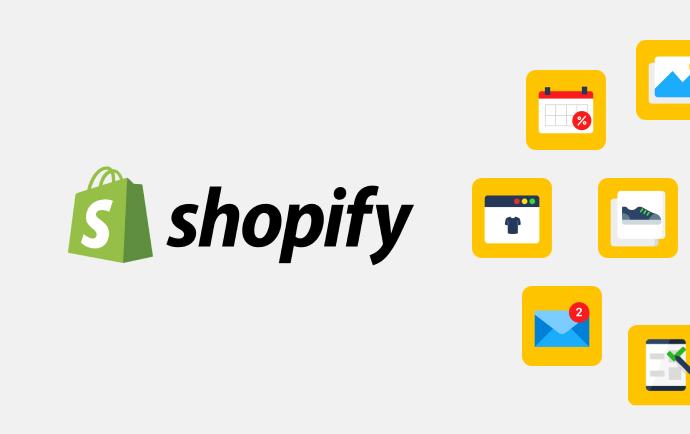
Exploring the Power of Shopify Apps to Enhance Functionality
In today’s competitive e-commerce landscape, leveraging the right tools can be the difference between average sales and extraordinary revenue. Shopify apps are designed to enhance the functionality of your online store,making it easier for you to achieve your business goals. by integrating these applications, you can streamline operations, enhance customer experience, and ultimately drive more sales.
Here are some key areas where shopify apps can supercharge your store:
- Inventory Management: Apps like Stocky help you keep track of your products, manage suppliers, and forecast demand, ensuring you never run out of stock.
- Marketing Automation: Tools like Klaviyo allow you to automate your email campaigns, segment your audience, and send personalized messages that convert.
- Customer Support: Integrating applications such as Gorgias enables you to manage customer inquiries from multiple platforms in one place, improving response times and customer satisfaction.
- Analytics: Apps like Google Analytics or Shopify Analytics can provide insights into customer behavior, sales trends, and overall store performance, helping you make data-driven decisions.
Utilizing these apps not only saves you time but also enhances your ability to connect with customers on a deeper level. As an example, by using a loyalty program app, you can reward repeat customers, fostering brand loyalty that translates into increased revenue. Consider implementing features such as:
- discount Codes: Encourage purchases by offering limited-time discounts.
- Abandoned Cart Recovery: Remind customers about their forgotten items to boost conversion rates.
- Social Proof: Display reviews and testimonials to build trust and encourage new customers to buy.
To illustrate the impact of these apps, consider the following comparison of two hypothetical stores:
| Store | Monthly revenue | Customer Retention Rate |
|---|---|---|
| Store A (No apps) | $5,000 | 20% |
| Store B (With Apps) | $15,000 | 50% |
The numbers speak for themselves.Store B,which harnesses the power of Shopify apps,demonstrates a staggering increase in both revenue and customer retention. By investing in the right apps, you can elevate your store’s performance, making it a robust platform ready to scale as your business grows. Embrace the tools available to you, and watch your Shopify store flourish.

Navigating the world of E-commerce Taxes and compliance
Stepping into the realm of e-commerce with Shopify opens up a world of opportunities, but it’s vital to understand the implications of taxes and compliance. As you embark on your entrepreneurial journey, navigating these waters will ensure your business not only thrives but remains secure from legal pitfalls.
First and foremost, understanding sales tax is crucial. Each state has different regulations regarding when and how much sales tax must be collected. Consider the following points:
- Nexus: Determine where you have a physical presence or significant economic connection.
- Tax Rates: Familiarize yourself with the varying tax rates across different states or countries.
- Product Taxability: Not all products are taxed the same way; some may be exempt based on local laws.
Next, establishing a compliance strategy is vital for success. Here are a few strategies to consider:
- Automate Tax Calculations: Use Shopify’s built-in tools or third-party apps to automate tax calculations at checkout.
- Regularly Update Records: Keep your tax records organized and up-to-date to facilitate easy filing and audits.
- Consult a Tax Professional: When in doubt, seek the expertise of a tax professional who specializes in e-commerce.
Additionally, international sales introduce another layer of complexity. If you plan to sell to customers outside your home country, you’ll need to navigate customs duties and VAT.Here’s a simple breakdown:
| Aspect | Domestic Sales | International Sales |
|---|---|---|
| Sales Tax | Varies by state | May require VAT registration |
| Shipping Costs | Usually lower | Can be higher, consider tariffs |
| Returns | Simpler process | More complicated logistics |
Ultimately, mastering e-commerce taxes and compliance will not only protect your profitability but also build trust with your customers. When your business complies with tax regulations, you can focus on what truly matters: growing your brand and increasing your sales.Equip yourself with the right knowledge and tools, and you’re well on your way to achieving financial success with Shopify.

Success Stories: Real-Life Inspirations from Shopify Entrepreneurs
Frequently Asked Questions (FAQ)
Q&A: How to Become Rich Using shopify?
Q1: What is Shopify, and how can it help me become rich?
A1: Shopify is an e-commerce platform that allows you to create your own online store. It’s user-friendly, making it easy for anyone to set up and manage their business. By leveraging Shopify, you can reach millions of potential customers worldwide, and with the right strategies, you can turn your storefront into a lucrative source of income.
Q2: Do I need to have technical skills to use Shopify?
A2: Not at all! Shopify is designed for everyone, nonetheless of their tech skills. The platform offers customizable templates, drag-and-drop features, and extensive tutorials. You can focus on your products and marketing while Shopify takes care of the technical stuff. If you can click a button, you can start a store!
Q3: What types of products can I sell on Shopify?
A3: The great thing about Shopify is its versatility. You can sell physical products, digital downloads, print-on-demand items, or even services. Think about your passions and interests; whether it’s handmade crafts, fashion, beauty products, or educational courses, there’s a market for just about anything!
Q4: How can I drive traffic to my Shopify store?
A4: Driving traffic is key to your success! You can utilize social media marketing, search engine optimization (SEO), paid ads, and influencer collaborations to attract visitors. Engaging content,eye-catching visuals,and promotions can also help draw people to your store. Remember,the more people who see your products,the higher your chances of making sales!
Q5: Is it necessary to invest a lot of money upfront?
A5: While you can start with a modest budget,investing wisely can accelerate your growth. Consider spending on quality products, effective marketing, and a professional-looking store. Shopify offers plans that cater to different budgets, so you can choose what works for you. the key is to see it as an investment in your future wealth!
Q6: How can I ensure my products stand out in a crowded market?
A6: Differentiation is crucial! focus on your unique selling proposition (USP). What makes your products special? It might very well be quality, creativity, or a unique story. High-quality images, engaging product descriptions, and excellent customer service can also help you stand out. Don’t forget to build a strong brand that resonates with your target audience!
Q7: What role does customer service play in becoming successful on Shopify?
A7: Exceptional customer service can set you apart from competitors. Happy customers are more likely to return and recommend your store to others. Respond promptly to inquiries, handle complaints gracefully, and make the buying experience as seamless as possible. A loyal customer base is invaluable for sustainable growth!
Q8: How long will it take to start making money with Shopify?
A8: that depends on a variety of factors, including your niche, marketing strategies, and effort. Some entrepreneurs see success in a few months, while others take longer. The good news is that with persistence and the right approach,you can start generating income relatively quickly.Stay committed, and you’ll see the fruits of your labor!
Q9: What’s the most important takeaway for someone looking to get rich using Shopify?
A9: The most important takeaway is to take action! Start by researching your market, select the right products, and launch your store. Success won’t happen overnight, but with passion, dedication, and smart strategies, you can build a thriving Shopify business. Remember, every big success starts with a single step—so what are you waiting for? Get started today!
The Conclusion
As we wrap up our journey into the world of Shopify and the potential it holds for building your wealth, remember this: success doesn’t happen overnight. It takes dedication,a willingness to learn,and the courage to take that first step.Whether you’re starting from scratch or looking to expand an existing business, the tools and resources available through Shopify can help you carve out your niche in the market.
So, don’t wait any longer! Dive into the Shopify ecosystem, explore your passions, and let your entrepreneurial spirit shine. With a clear strategy and consistent effort, you’ll be well on your way to not just making money but building a legacy.
And remember, every successful entrepreneur started with a single idea. What’s yours going to be? Start today, and who knows—tomorrow, you could be writing your own success story! Happy selling!


